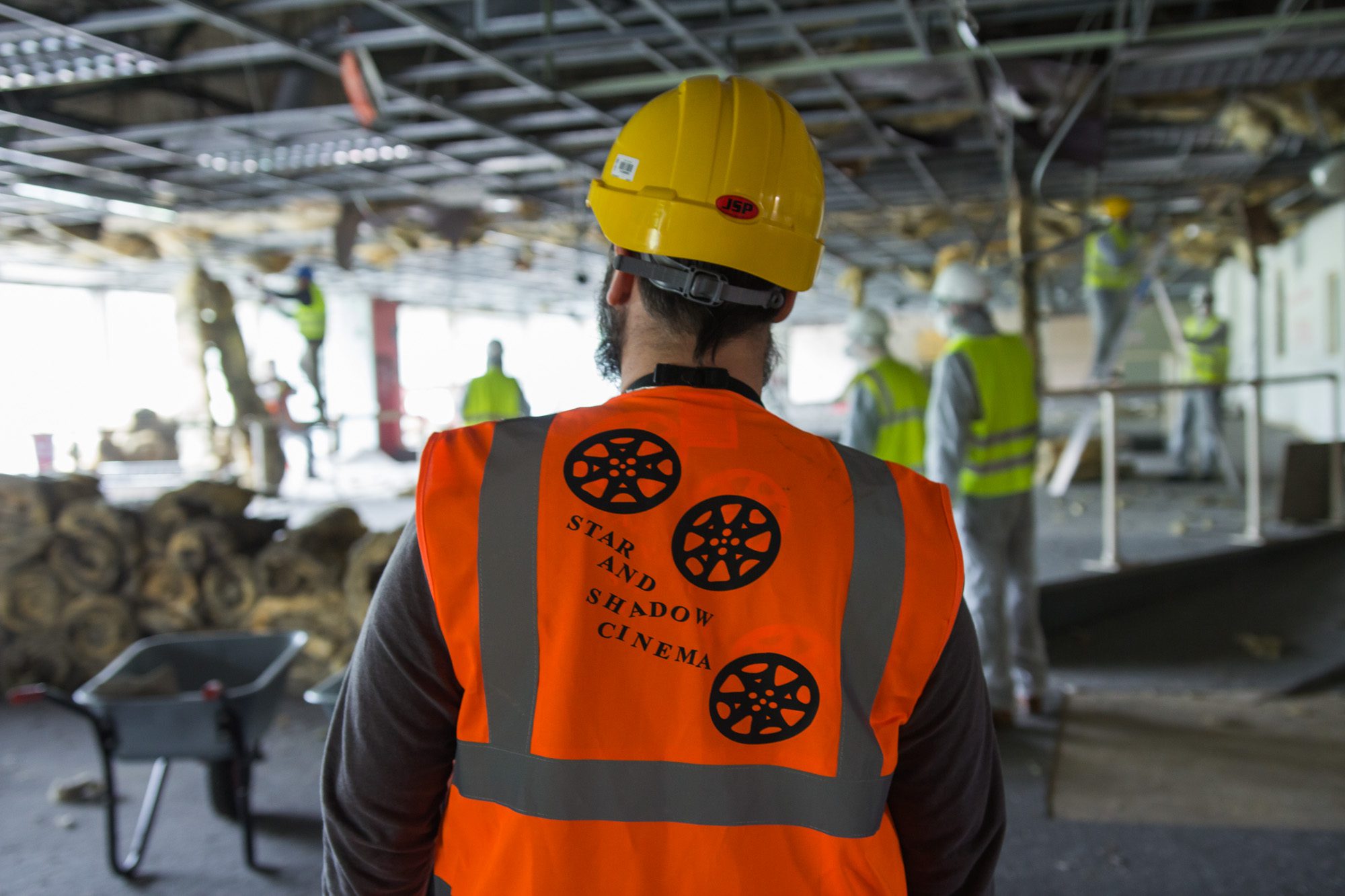
Chloe Nelson
Impact and Learning Manager, Power to Change
Every year, the Department for Digital, Culture, Media and Sport produces the Community Life Survey. This survey provides official statistics on issues key to encouraging social action and empowering communities. It provides a perfect starting point for our own analysis on the impact of community businesses.
As a result, Power to Change commissioned Kantar to conduct a ‘hyperlocal’ version of the Community Life Survey, focused on six places in England participating in the Empowering Places programme. The programme, funded by Power to Change, aims to build more resilient communities by working with locally rooted ‘catalyst’ organisations to catalyse and nurture community businesses to provide benefits and opportunities for local people.
The research uses a ‘Difference-in-Difference’ statistical technique which estimates the change over time in these areas, compared to changes seen in matched comparison areas. This provides an indication of the relative impact of our work in each area.
This month, we’re sharing a one-page poster outlining the research’s methodology and highlights some findings. The findings are mixed, but we know that place-based change isn’t linear, and can take a long time to emerge.

Nevertheless, there were some positives, for example, the percentage of residents in Dyke House, Hartlepool, who rated their life satisfaction as high increased from 33% in 2018 to 40.2% in 2020. This is compared to a matched comparison sample, where the percentage of residents who rated their life satisfaction as high actually decreased from 46.1% to 38.3% in the same timeframe. This means that there was a net positive increase of 15%. The poster shared here includes this finding, and others from last year’s research.
There are many complexities involved in measuring change in these kinds of interventions, and a wide range of influencing factors that need to be considered. That’s why our wider evaluation of the Empowering Places programme also takes a qualitative approach, so that we can better understand the experiences of the catalysts, community businesses, and people in the areas, and share their learning with others.
As the funding provided by Power to Change comes to an end later in the year, we are carrying out a final round of the hyperlocal booster research. Kantar will carry out the fieldwork in 2022, and we’ll be sharing the findings of this research in 2023.



